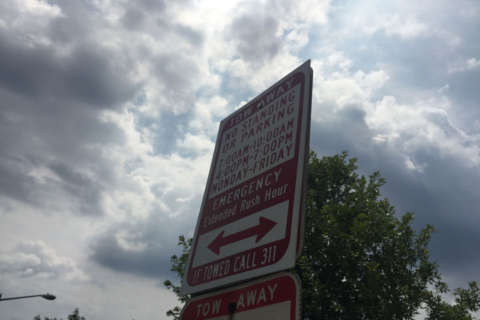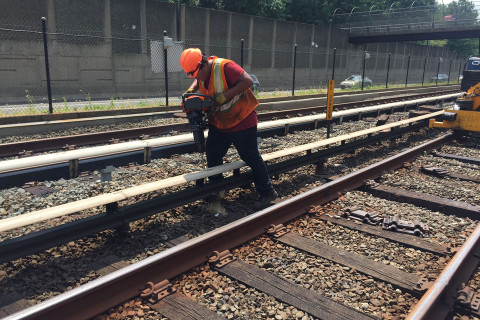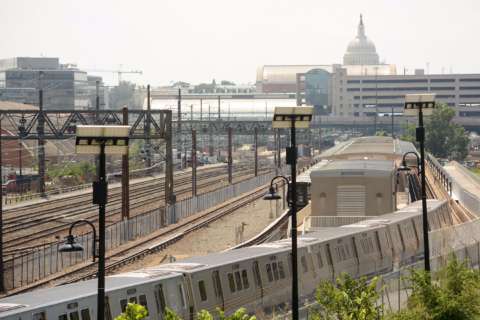WASHINGTON — Metro plans to significantly change its operating hours starting Sunday, June 25.
Here are six things riders need to know about the service cuts.
1. Weeknight hours trimmed
The Metrorail system will be open from 5 a.m. to 11:30 p.m. Mondays through Thursdays.
As always with Metro hours, those times do not reflect the actual first and last scheduled train times at each station.
The first scheduled trains of the day at each stop can be 30 to 40 minutes after the system officially opens.
The last scheduled trains each night leave the end of the line stations up to 50 minutes before the system’s official closing time. As the last trains traverse the system, they arrive at the other end well after the stated system closing time.
2. Significant Sunday cutbacks
The Metrorail system will be open from 8 a.m. to 11 p.m. on Sundays.
This change reduces service by an hour at each end of the day. It means the first trains at some stations will leave after 8:30 a.m. and the last trains begin leaving end-of-the-line stations at 10:10 p.m.
3. New Friday and Saturday hours
On the nights typically thought of as part of the weekend, Metro will close at 1 a.m.
On Fridays, the rail system will be open from 5 a.m. to 1 a.m., while on Saturdays it will be open from 7 a.m. to 1 a.m.
Metro’s previous official closing time was 3 a.m. Friday and Saturday nights, although the system has closed at midnight daily during the past 13 months.
Through Saturday, June 24, the rail system will continue to close at midnight daily.
Riders should check the first and last train times carefully for their specific stations.
4. Limited bus options after the rail system closes
In limited areas, Metro has added some bus options for riders after the rail system closes, even though some other bus routes have been cut back.
The L2 Connecticut Avenue line, for example, now extends up Wisconsin Avenue past Friendship Heights to the Bethesda Metro Station just after the rail system closes, mirroring part of the Red Line.
Mainly, Metro is relying on existing bus routes such as the 38B that mirrors the Orange Line between Ballston and Farragut Square, and a series of bus lines that connect downtown D.C. to Silver Spring, with some limited routes available in the suburbs.
5. How long will the service schedule last
The Metro Board officially adopted these hours for two years, through the end of June 2019.
While several leaders in the District hope the hours return to their previous schedule, Metro managers hope to keep the new hours indefinitely.
Metro has promised to use the additional time, particularly on weekends, to do more maintenance work.
6. What about extra hours for games, concerts, festivals or races?
Metro made very limited exceptions during the last year for large events or holidays that might have warranted additional hours of rail service, and General Manager Paul Wiedefeld signaled the agency plans to maintain something like that policy going forward.
Last week, Wiedefeld said he was working on an official new policy for extended hours that would likely include a requirement that event organizers pay Metro more than the deposit that had been required in the past.
While that policy could allow an extra hour of service a few times a year, each request is expected to be handled on a case-by-case basis.
Metro does not plan to extend hours past 11:30 p.m. on July 4.
- 7 things to know about the upcoming Metro fare hikes
- 5 things to know about Metro’s cuts to rush-hour service, routes








